MakerSpace: Taking Bristlebots on the Road or, How I keep re-defining and re-purposing a simple Bristlebot activity to get teens making
The best part about working with teens, but also sometimes the hardest, is that every few years you get a whole new crop of teens to work with. This means that you can repeat programs, expanding on what you learned the first time(s) you did a program. With a new set of a teens an older program can be new again! So I recently repeated a Bristlebot program incorporating what I’ve learned along the way and it was an awesome experience for all.
My marketing tagline was: LEARN HOW YOU CAN TURN YOUR TOOTHBRUSH INTO A SMALL ROBOT
Supplies
- Bulk order of toothbrushes (.26 cents each)
- Bulk order of small batteries (.14 cents each)
- Bulk order of vibrating motors (.75 cents each)
- Bulk order of small double sided foam adhesives (.10 cents each)
- Large wire cutters
- Small wire strippers
- Legos
- Plastic bugs
- Scissors
- A Hexbug Nano (this is an example to demonstrate to participants what it is you are making)
Background
Many of your tweens and teens will be very familiar with Hexbug Nano. These are small bugs that you can buy in the toy department of most stores and they are an example of a simple robot that works using a vibrating motor. This is essentially what you are making. Hexbug Nano also sells a variety of “battle ground” kits, for a large sum of money, but you can get kits to make their own using Legos, old scraps of cardboard, or whatever else you have on hand. They can race their bristlebots, set up a thematic environment, or build a maze and see if their bristlebot can make it all the way through.
ADVERTISEMENT
ADVERTISEMENT
To Make Your Bristlebot
- Use the large wire cutters to cut the head off of a toothbrush
- Use the scissors to cut a foam adhesive square down to size
- You will use a foam adhesive square to attach a battery to the toothbrush head. You will use a second foam adhesive square to attach the vibrating motor to the battery. So you’ve just made a toothbrush-battery-vibrating motor sandwich. Use the small wire strippers to strip the ends of both lead lines on the vibrating motor so that you have enough exposed wire to conduct a current. You will make sure that one wire is firmly attached to the battery and the other is firmly attached to the vibrating motor. Tuck it under the foam squares to hold it in place. Note, there is no on/off switch for this simple vibrating robot, when the wires are attached correctly it just starts moving and a shaking.
They have really good instructions with pictures at Instructables
Talking Points
If you purchase the battery pack that I referred to in the supplies, you will see that it comes with batteries in a variety of sizes. This is a unique twist because the size of your battery matters; it creates the energy you need to move your bristlebot and the size of the battery impacts whether or not a toothbrush will move. Think about a car. Smaller cars have smaller engines and bigger cars need bigger engines to get them moving. This is true when making something with a simple battery and vibrating motor as well. The size of your battery and motor will impact what size you can create your small robot. Part of making and inventing involves trial and error; challenging teens to use other objects to make different types of robots using the same mechanism challenges them to consider how much energy is needed to make an object move depending on its size and weight.
After your participants make a bristlebot, have them try again using Legos. You can use the same vibrating motor mechanism to make small Lego cars and have them move. But the size of your car will definitely matter. Almost every teen will start by building a car that is way too big to be moved by the motor. The challenge then becomes, how do you build a small enough car that your “engine” can get it to move?
What else can you make move using a small vibrating motor? Many of the teens suggested you could buy packs of plastic cockroaches and make them move for the most ultimate prank.
Another interesting thing the teens learned and taught me is that the size and shape of the toothbrush matters. One teen discovered that if she left more of the handle on the toothbrush, it changed the dynamics of the toothbrush. If it was too short, the bristlebot was more likely to spin. Whereas if you left more of the handle on, it was more likely to move in a forwards or backwards direction. Trial and error conducted by a curious teen helped us to gain valuable insight. If you give teen participants the time and space to explore, independent learning happens and it’s literally like magic.
Bristlebot Kits as Outreach Tools
At a conference I attended, a vendor of maker toys was distributing small plastic resealable bags that contained the 4 components you need to make a bristlebot with a small business card that had instructions on one side and vendor information on the other. This is a genius outreach idea that libraries can take and hand out at school visits or other outreach events. Or, put a card in each kit that says “Bring this kit into the Teen Makerspace and our staff will help you turn it into a robot!” Each bristlebot kit would cost roughly $1.50 to $2.00 and you could make your own business cards pretty easily in house using cardstock, Publisher, and a printer. You could also pre-make kits to hand out at a program if you don’t want to give people wire strippers and cutters.
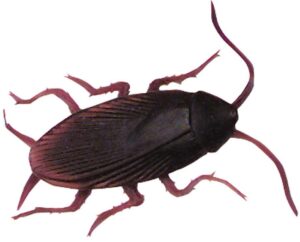
I have a small, easy carry to box with all the bristlebot supplies I need (minus the Legos) for a quick and easy program that I can take anywhere and with a moments notice. Stripped down to nothing but the bristlebot, it’s still an enjoyable program with a wide range of possibilities.
This is the third time I have done a bristlebots program and it’s quick, easy and yet a source of limitless fun and learning. I have yet to do this program and not have teens get really invested in seeing what they can create and how they can (or can’t) make it move.
Filed under: Makerspace
About Karen Jensen, MLS
Karen Jensen has been a Teen Services Librarian for almost 30 years. She created TLT in 2011 and is the co-editor of The Whole Library Handbook: Teen Services with Heather Booth (ALA Editions, 2014).
ADVERTISEMENT
ADVERTISEMENT
SLJ Blog Network
Name That LEGO Book Cover! (#53)
Cover Reveal and Q&A: The One and Only Googoosh with Azadeh Westergaard
Exclusive: Vol. 2 of The Weirn Books Is Coming in October | News
Fighting Public School Book Bans with the Civil Rights Act
ADVERTISEMENT


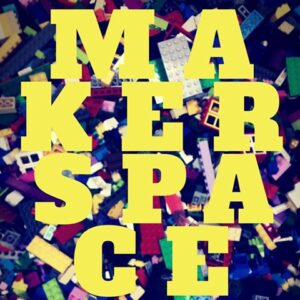
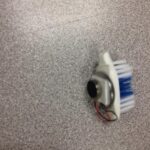
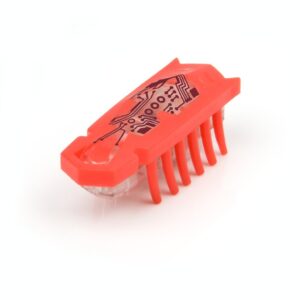
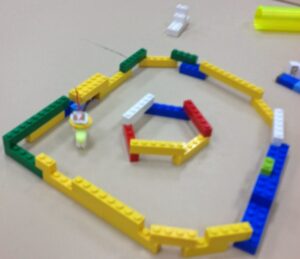
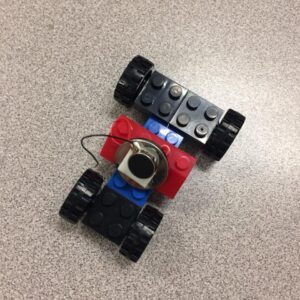
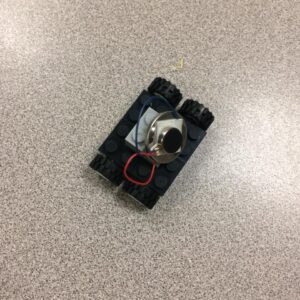
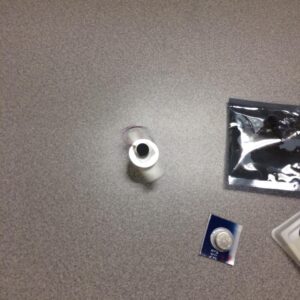
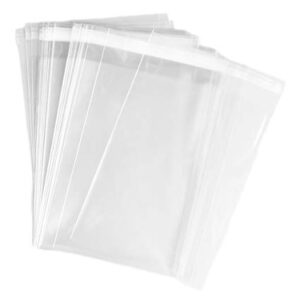






Do you give the kids their robots to take home or do you keep them to reuse the batteries and motors? I work in a school with very limited funds.
Mary,
I have done it both ways and both ways works fine. If you need to keep the supplies and re-use them, there is no issue with doing that.
Karen